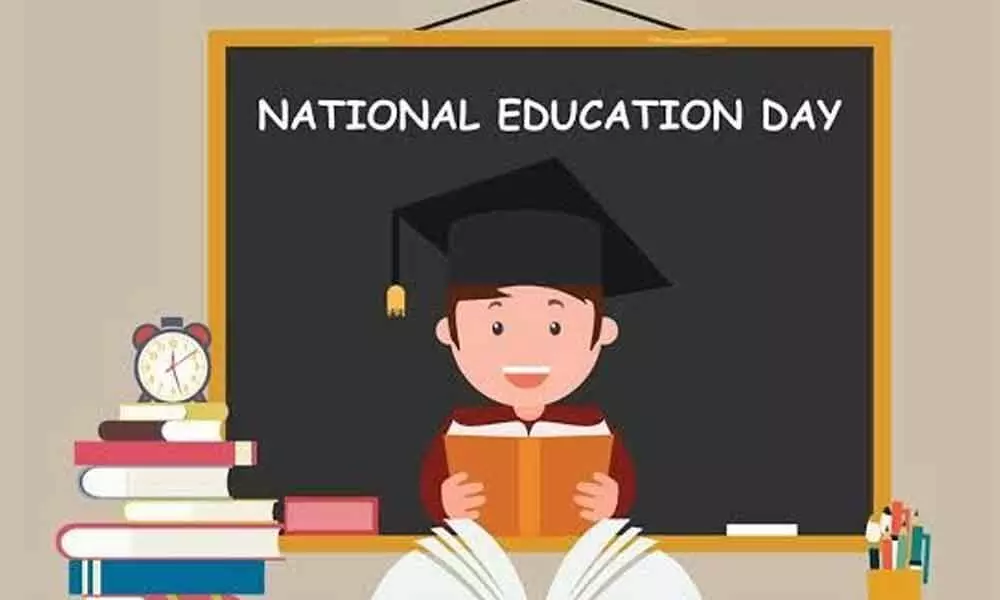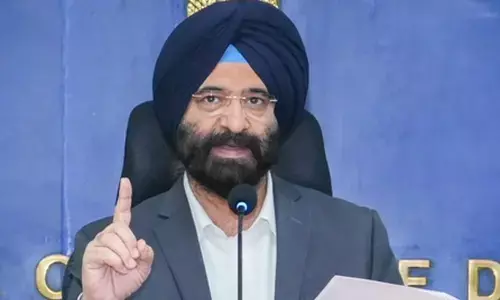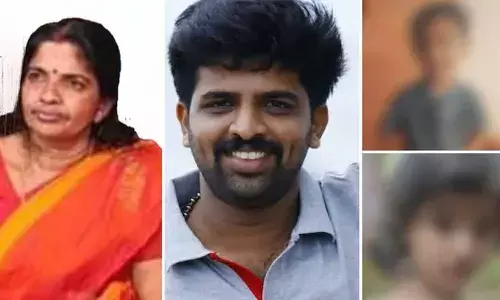Right to Education Includes Right to Safer Education

The contribution of Maulana Abdul Kalam Azad to founding education in India is recognised by celebrating his birthday, November 11, as National Education Day across India. India is moving rapidly towards spreading education throughout all corners and levels of the nation.
But how safe is this education? "We must not for a moment forget, it is a birth right of every individual to receive at least the basic education without which he cannot fully discharge his duties as a citizen", said Maulana Azad in January 16, 1948, at the All India Education conference.
He emphasized educating the rural poor and girls. He also promoted adult literacy, universal primary education, free and compulsory education for all children up to the age of 14, girls' education, and diversification of secondary education and vocational training.i Recently, in 2009 the Government enacted the Right to Education Act.
This law provided the right to elementary education to each child of the country. That same year, the Prime Minister's speech on Independence Day made it clear that funds will not be a constraint as far as education is concerned. However, India still needs to address safety issues together with its education agenda.
The current long-term efforts of the Government by SSA (Serva Shiksha Abhiyan) are indeed creating a suitable atmosphere to address these issues and to integrate the safety of children and schools with education targets.
By building and promoting safer schools in disadvantaged communities, parents gain more confidence and become more likely to send their children to school. This initiative can be a huge step towards the goal of achieving universal primary education in an effective way.
This year, the Government approved a centrally sponsored NSSP (National School Safety Programme) at a cost of Rs 48.47 crore for promoting the culture of safety in schools, to be achieved by initiating policy level change, and capacity building of officials, teachers, students and school stakeholders.
Development agencies must show their readiness to take this ahead and reach out to every corner of India to promote a culture of safety in education. With the continuous efforts of agencies to spread education across local and national levels, more and more children now go to schools.
Our nation is edging closer to universal primary education, but the pace must be accelerated if the 2015 target of 'Enrolling all Children in School', a MDG (Millennium Development Goal), is to be met.
In South Asia, primary education reached 90 per cent in 2007, up from 79 per cent in 2000. ii To achieve Maulan Abdul Kalam Azad's dream and universal primary education (Goal 2 of the MDG), India should increase the primary school enrolment rate to 100 percent and wipe out the drop-outs by 2015.
Here some progress has been made – in 1991-92, the drop-out rate for primary education was 41.96 percent, but in 2002-03, this fell to 34.89 percent. The gross enrolment ratio in primary education has tended to remain near 100 percent for boys and recorded an increase of nearly 20 percentage points in the ten years period from 1992-93 to 2002-03 for girls (93 percent).
The literacy rate (7 years and above) has also increased from 52.2 percent in 1992-93 to 65.4 percent in 2000-01. iii Nonetheless, it should be noted that less than 80% of children will actually complete primary school.iv With a large percentage of the Indian population living in poverty (36 per cent living below the official poverty line) and with a literacy rate of just over 70 per cent (2011), it is imperative for the future development of India that children have access to education – safer education.
Over 78 million children are currently in need of schooling and the figures obtained from monitoring each region evidences that school enrolments are increasing rapidly. To meet this great demand, many schools are overburdened and compromise on safety.v Thus more and more children are going to schools that are vulnerable to fire, floods, earthquakes, cyclones, pollution, food poisoning, stampedes and so on.
As has been seen many times in the last decade however, exposure to such natural hazards adversely affects the quality of education, imposes great costs on stakeholders, especially the community, and significantly compromises the child's rights to education and to safer schools.
Safer education must be provided if the dream of Maulana Abdul Kalam Azad is to be fulfilled, and hence it is truly a wonder that there is growing national demand for electricity, clean air, and safe water, but not for safer schools.vi Due to increasing number of disasters occurrence and frequent tragic incidents in schools the importance of making schools safer is well recognized.
But how should schools be made safer by the students and communities? Not enough efforts have been given in this regard. And this is odd. Continuing awareness without systematically knowing what results are achieved on the ground may hinder progress from being made.
Making schools safer is a challenge for everyone, not only the students but also for the community, the authorities, the school management, education ministries and teachers. With the current privatization of primary and secondary education, the private sector also has a role to play in school safety. vii The learning from AIDMI's Child's Right to Safer Schools Campaign reveals the following points which reflect simple and very important principles for safer education in India:
Education which address scientific knowledge and skills for safety against disasters
Support of construction by any agencies must be with safer construction
Promote discussion on safety measures with local contexts among school stakeholders
Anticipate to schools which following safety procedures – create environment for safety and effective response
Encourage states to invest in safer education rather than education alone
Special emphasis on the integration of risk reduction knowledge with education systems in states that face disasters frequently and are prone to multiple hazards, as well as states where demand of new schools is growing rapidly
Support investments to follow up actions related to maintaining safety measures and enabling environments
( The author is working with Child's Right to Safer Schools Campaign of All India Disaster Mitigation Institute (AIDMI))
Source: preventionweb.net















